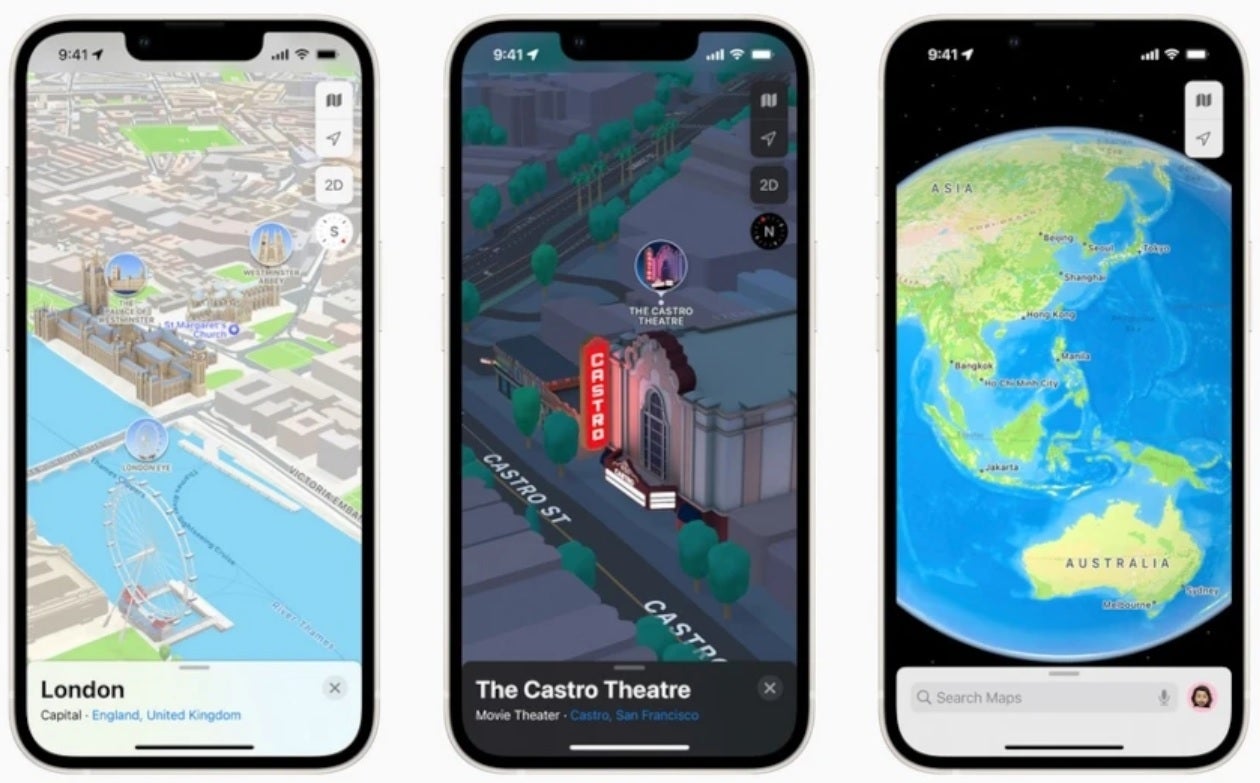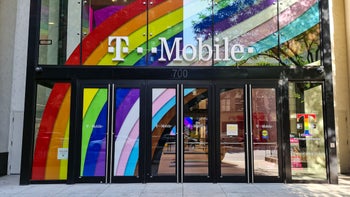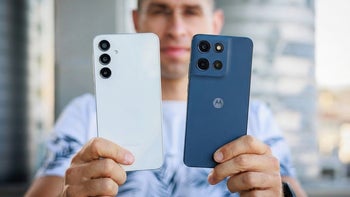Apple executives explain why you should use Apple Maps instead of the competition's maps

When Apple released Apple Maps in 2012 in an effort to challenge Google, it was a huge failure. Some countries were labeled incorrectly, some weren't labeled at all, and some directions were called life-threatening by law enforcement because, well, they were. Apple CEO Tim Cook not only apologized, but he also suggested that iOS users install navigation apps from Bing, MapQuest, and Waze, or tap Safari and use Google or Nokia Maps via their websites.
Heads rolled when Apple Maps was first released in 2012
Heads rolled in Cupertino after the debacle. The man responsible for iOS, Scott Forstall, was pushed out of Apple leaving the company's design chief Jony Ive in charge of the iOS 7 redesign that replaced the skeuomorphic look favored by Forstall for the more modern design that Ive favored. Apple decided to go back to square one and build Apple Maps from scratch.

Apple promotes the changes to the Maps app this year on CNBC
Apple Maps is much improved and is a legitimate challenger to Google Maps. Earlier this year we told you about Maps use of traffic lights and stop signs as a navigational guidethat makes it easier to follow turn-by-turn directions than the distances favored by Google Maps. For example, instead of saying "in three-quarters of a mile, turn right on James Wilson Blvd," Apple Maps will say "not this light, but at the next light turn right."
Everyone is different, but this writer finds it much more intuitive to look for traffic lights and stop signs instead of having to guess when three-quarters of a mile is coming up. Sure, you can take a quick glance at the screen to see how close you are to the turn, or even wait for the phone to tell you when to turn. But knowing that you're turning right at the second light gives you a heads up that Google Maps just can't match right now.
According to AppleInsider, recently David Dorn and Meg Frost, Apple's product and design leads for Apple Maps, visited CNN. The topics for discussion included the new Maps features for iOS 15 that include improvements in directions and navigation for driving, walking, biking, and public transit.
Frost said on CNN, "At a glance, drivers can understand a complex intersection more quickly than ever before. And that detail helps with that split-second decision of which turn they're going to make. So we want it to be both safer and visually satisfying to navigate."
Apple added more detail to its Maps app
Apple added more detail to its maps with a 3D globe that visually shows the legitimate sizes of countries compared to other countries. Apple even bothered to match the color used on certain buildings in real life to the color used on the structure's 3D image in Apple Maps. Apple cares so much about detail that the 3D rendering of the Philadelphia Museum of Art includes a statue of Rocky which can be seen outside the building in real life.
Dorn added that Apple Maps should be used over its competitors because of the app's integration with iOS and Apple's ecosystem, Apple Map's privacy, and Apple's continuing investment to improve the app. These improvements, Dorn says, can help users more easily get to their destination.
Still, there are many iPhone users who have a long memory and would prefer to keep using Google Maps rather than risk getting lost. After all, the introduction of Apple Maps was a fiasco no matter how you slice it. But if you haven't used the iOS version of Maps in a long time, get in the car and take it for a spin to see whether you feel more comfortable using it instead of Google Maps.
If you own an Apple Watch, using Apple Maps will result in the timepiece creating a vibration on your wrist as you approach a turn. This gives you an early warning about a turn that you are about to make making it more likely that you won't miss a turn and end up lost.
Follow us on Google News














Things that are NOT allowed:
To help keep our community safe and free from spam, we apply temporary limits to newly created accounts: